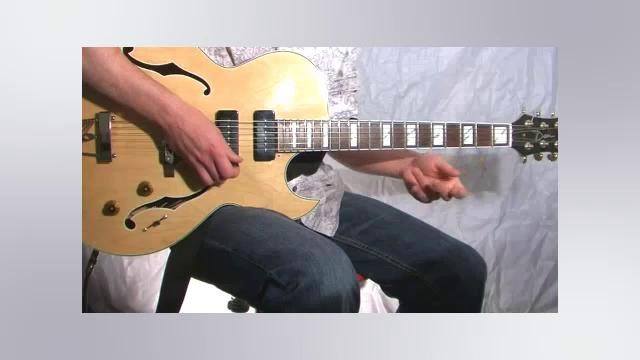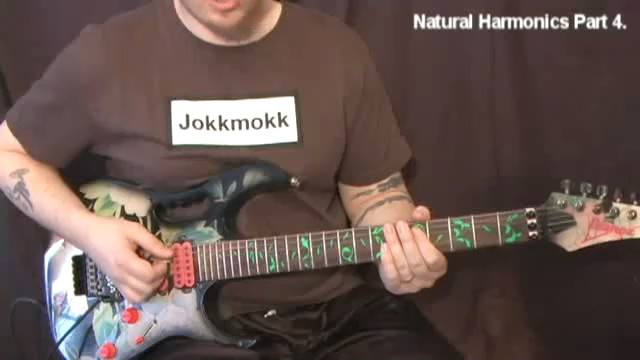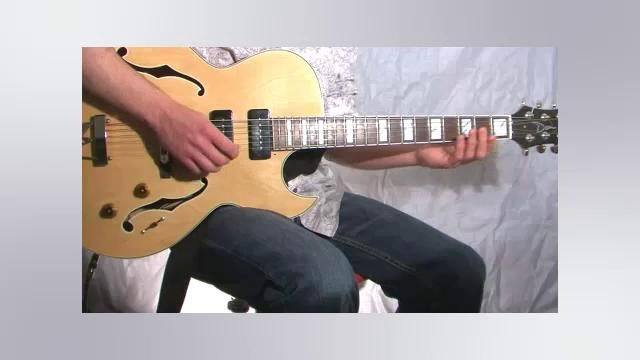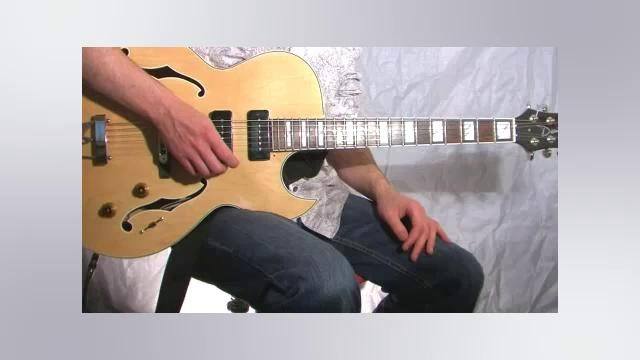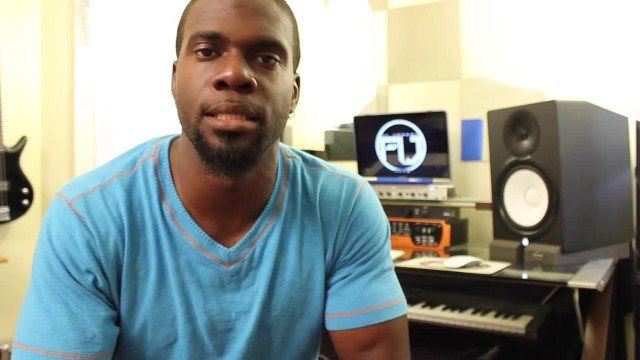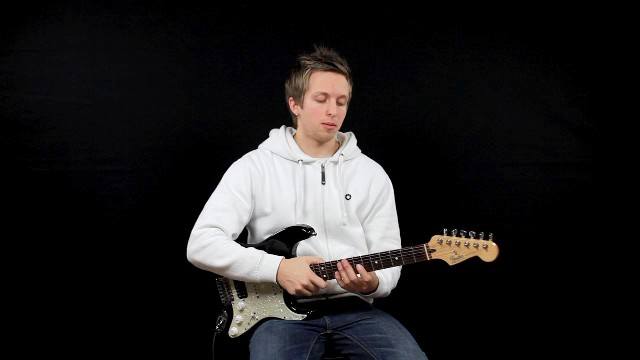Now, we are going to dive into the realm of Eighth Note Time Signatures, but not without a little understanding of how this is made up.
We know that within a time signature, the top note indicates how many notes are in a measure, and the bottom indicates what note gets the beat. Within an eighth note time signature, the bottom number is now changed from a 4 to an 8 to indicate an eight note time signature.
![]()
Now, when you are playing in this time signature, such as 3/8 or 6/8, when counting these you are counting out an eighth note, not a quarter note, so for a measure of 3/8, your going to clap out three eighth notes; for a measure of 6/8 you'd clap out 6 eighth notes.
When the eighth note is the beat, half a beat would be a sixteenth note. And when you see a Quarter note in an eighth note time signature, that note would get 2 beats. It's all just about math... something that I was never good with in the first place!
The most common eighth note time signatures would be: 3/8, 6/8 and 9/8, which are all divisible by 3. When playing one of these time signatures in a fast pace, you might just want to clap out loud every 3rd beat, so it would go like: ONE, two, three, FOUR, five, six. Notice how these sound like the 3/4 time signature we learned before?
Here is a rundown of the most common eighth note time signatures:

The example below will go through some of the quarter note time signatures we learned before as well as the eighth note time signatures we learned in this lesson.














































































































